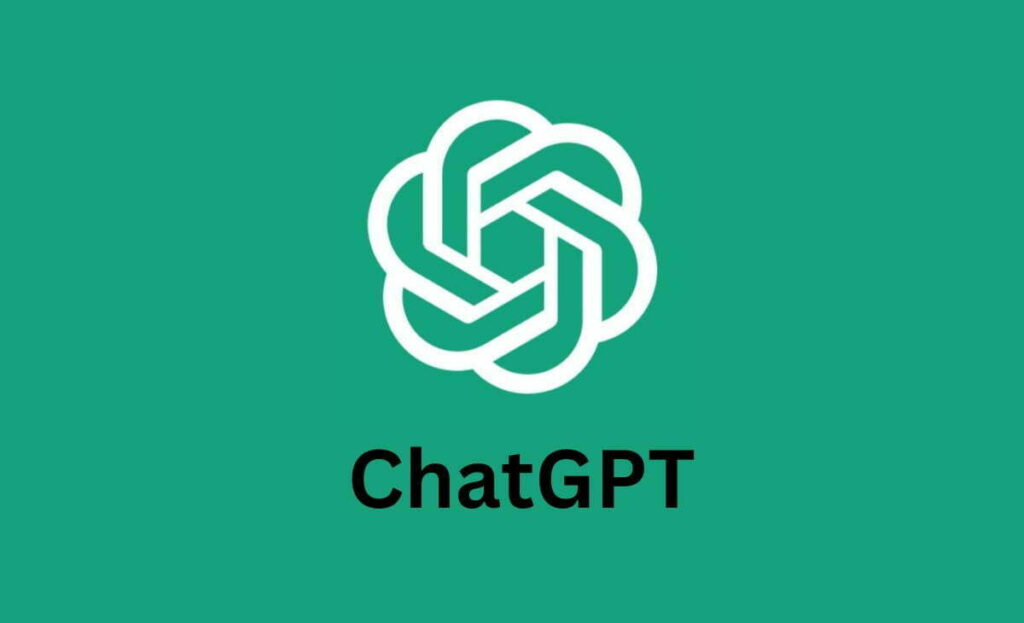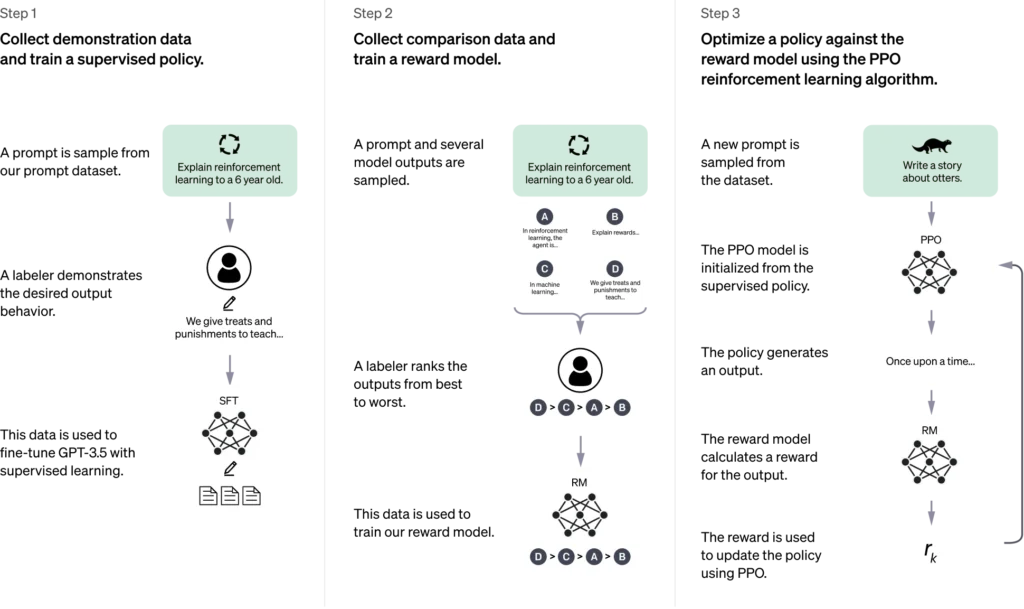Introduction

Artificial intelligence (AI) has transformed various industries, from healthcare and finance to entertainment and customer service. Among the most remarkable advancements in AI is OpenAI’s a generative pre-trained transformer model designed for natural language processing (NLP). ChatGPT has revolutionized human-computer interactions, making conversations with AI more seamless and intuitive than ever before. This article explores the history, working mechanism, applications, advantages, limitations, and future potential of ChatGPT.
History and Evolution of ChatGPT
ChatGPT is built on OpenAI’s GPT (Generative Pre-trained Transformer) architecture. The foundation of ChatGPT lies in deep learning and transformer-based models, first introduced in the landmark paper “Attention is All You Need” by Vaswani et al. in 2017. This model introduced the transformer architecture, which dramatically improved the efficiency and capability of NLP models.
OpenAI’s GPT series has undergone multiple iterations:
- GPT-1 (2018): This model demonstrated the power of unsupervised learning and showed how language models could be fine-tuned for different NLP tasks.
- GPT-2 (2019): A more powerful version with 1.5 billion parameters, capable of generating coherent text. OpenAI initially withheld its release due to concerns over misuse.
- GPT-3 (2020): With 175 billion parameters, GPT-3 was a major breakthrough, enabling more sophisticated text generation and problem-solving capabilities.
- ChatGPT (2022): Built on GPT-3.5 and later GPT-4, T was optimized for conversational interactions, improving coherence, factual accuracy, and user engagement.
How ChatGPT Works
ChatGPT is based on the transformer model, which uses deep learning techniques such as attention mechanisms and neural networks. The model is trained in two phases:
- Pre-training: The model is trained on vast amounts of text data from books, articles, and websites, learning grammar, facts, and reasoning abilities.
- Fine-tuning: Reinforcement Learning from Human Feedback (RLHF) is used to refine the model, making it more aligned with user needs and ethical considerations.
ChatGPT predicts the next word in a sentence based on contextual clues. By leveraging vast datasets and fine-tuning processes, it generates human-like responses that are contextually appropriate and coherent.
Applications of ChatGPT
ChatGPT has found applications in numerous fields, enhancing productivity and user experiences across various domains:
- Customer Support: Businesses use ChatGPT-powered chatbots to provide 24/7 customer support, handling queries, complaints, and troubleshooting assistance.
- Education: ChatGPT serves as a virtual tutor, helping students with homework, explanations, and personalized learning.
- Content Creation: Writers, marketers, and content creators usefor drafting articles, blogs, social media posts, and ad copy.
- Programming Assistance: Developers leverage for debugging, writing code snippets, and learning new programming languages.
- Healthcare: While not a replacement for medical professionals, assists in providing preliminary health information and mental health support.
- Legal Research: Lawyers and law students use for drafting contracts, summarizing legal documents, and conducting case research.
- Entertainment: AI-generated storytelling, interactive gaming dialogues, and creative writing have been revolutionized by ChatGPT.

Benefits of ChatGPT
The integration of ChatGPT in various industries provides multiple advantages:
- Efficiency: Automates repetitive tasks, allowing humans to focus on more complex activities.
- Cost-effectiveness: Reduces the need for large customer support teams, saving companies operational costs.
- 24/7 Availability: Unlike human employees, can operate around the clock.
- Scalability: Can handle thousands of interactions simultaneously without performance degradation.
- Personalization: AI can tailor responses based on user history and preferences.
Limitations and Challenges
Despite its numerous advantages, has limitations that need to be addressed:
- Lack of Understanding: ChatGPT does not truly understand context but rather predicts words based on patterns.
- Misinformation: The model may generate incorrect or misleading information.
- Bias in Responses: AI models inherit biases from training data, which can lead to skewed or unfair responses.
- Ethical Concerns: Issues such as deepfake text generation, academic dishonesty, and malicious AI use pose ethical challenges.
- Dependence on Data: s knowledge is limited to its training data and does not have real-time access to new information unless updated.
Future Prospects
The future of and similar AI models holds exciting possibilities:
- Improved Accuracy: Future models will focus on better fact-checking and reducing misinformation.
- Multimodal Capabilities: AI integration with voice, images, and video processing will enhance interactivity.
- Stronger Ethical AI: Ongoing research will address bias reduction and responsible AI deployment.
- Integration with IoT and Smart Devices: AI-powered virtual assistants will become more intuitive in interacting with smart home devices.
- Advancements in Personalized AI: AI models will better adapt to individual users’ preferences and learning styles.
Conclusion
ChatGPT represents a significant advancement in AI and NLP, reshaping human-computer interactions across various domains. While it offers substantial benefits, it also comes with challenges that need continuous refinement. As AI research progresses, the future of and similar technologies promises even more sophisticated and ethical applications, enhancing productivity and transforming the digital landscape.
Awesome https://shorturl.at/2breu
Very good https://shorturl.at/2breu
Very good https://shorturl.at/2breu
Awesome https://lc.cx/xjXBQT
Awesome https://t.ly/tndaA